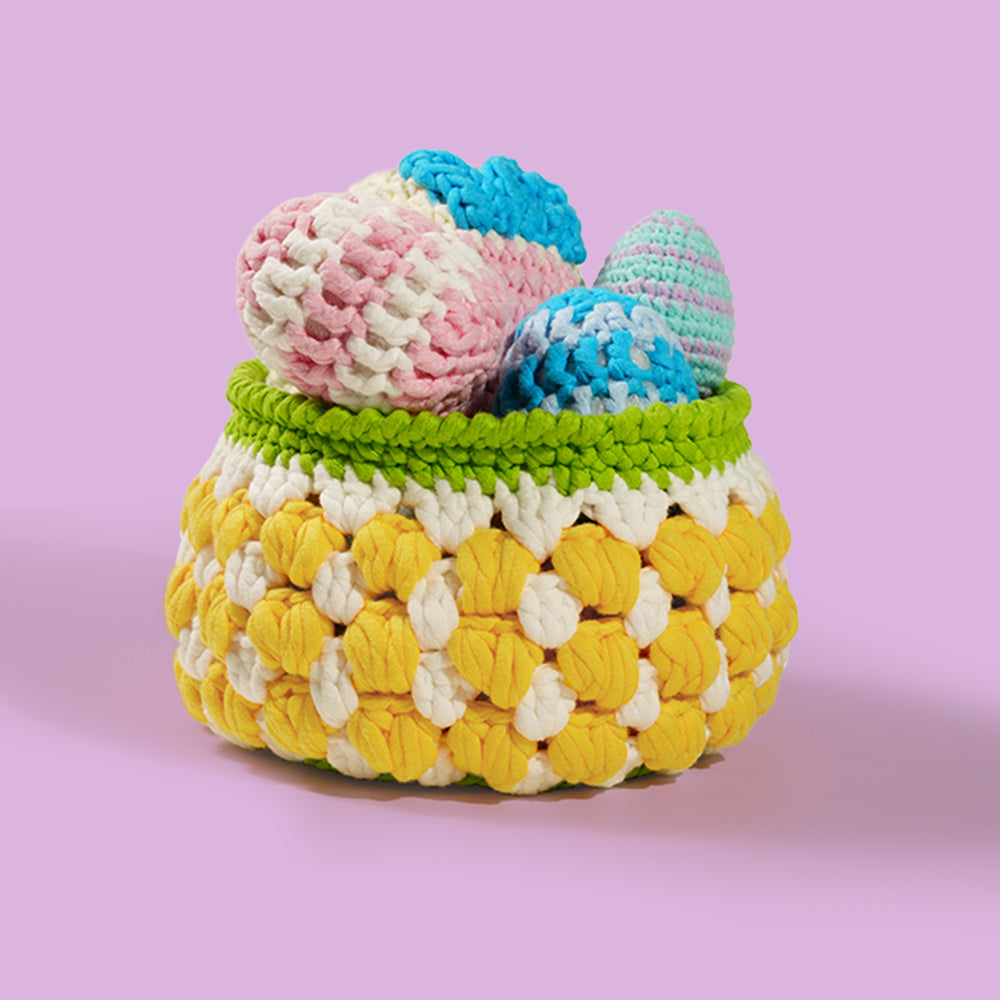How to Scale Up a Crochet Amigurumi Doll Without Losing Proportions
Introduction: Bigger Can Be Just As Cute
Have you ever fallen in love with a tiny crochet doll and thought, “This would be amazing as a large plush!” You’re not alone. Scaling up amigurumi—those adorable crocheted stuffed animals and characters—can give your project extra impact, cuddly softness, and visual charm.
But how do you make a small pattern bigger while keeping the shape, proportions, and cuteness intact? It turns out, there are a few tried-and-true ways to do it—some super simple, others more mathematical.
Let’s dive into how to scale up your crochet amigurumi like a pro.
Method 1: Use Thicker Yarn + Larger Hook (Easiest Way)
The most beginner-friendly way to enlarge a pattern is also the simplest: don’t change the stitch count—just change the materials.
How it works:
-
Follow the original pattern exactly as written.
-
Swap out the fine yarn and small hook for bulky yarn and a larger hook.
Example:
Original:
-
2.5 mm hook + DK weight yarn = 10 cm doll
Scaled Up:
-
5.0 mm hook + chunky yarn = 20–25 cm doll
(Same number of stitches, much larger result!)
Pros:
-
No math required
-
Maintains the original proportions
-
Perfect for quick results
Tips:
-
Use tightly spun yarn (e.g., cotton, velvet plush, blanket yarn) to avoid stuffing showing through.
-
Adjust stuffing volume and seam allowance accordingly.
-
Safety eyes may need to be upsized too.
Method 2: Scale the Stitch Count (Proportional Math Method)
If you want to scale your amigurumi to a very specific size or beyond what yarn swaps can handle, you’ll need to adjust the stitch counts mathematically.
How it works:
-
Multiply all stitches by a scale factor (e.g., 2× or 1.5×).
-
Maintain the structure and sequence of increases/decreases, just in a larger format.
Sample (Head Pattern Comparison):
Original:
Scaled ×2:
You're building the same shape, but double the detail.
Pros:
-
Total control over final size
-
Allows for custom shaping and detailing
-
Ideal for advanced crafters or designers
Challenges:
-
More math and planning
-
Must scale every body part (head, limbs, ears, accessories)
-
Stitch placement for facial features or seams needs adjusting
Key Tips for Scaling Success
-
Maintain Proportions Across Parts
Don’t just scale up the head—make sure body, arms, and legs match. Otherwise, your big doll may look unbalanced. -
Watch the Curves
When enlarging round parts like heads or bellies, keep the increase pattern steady so the shape remains spherical or oval—don't create flat spots. -
Test With Scrap Yarn
For complex parts like ears or tails, try the scaled-up version in scrap yarn first to make sure the shape still works. -
Adjust for Gravity
Bigger dolls are heavier—use extra stuffing, reinforce seams, and consider stitch tightening (smaller hook) to keep parts firm.
Quick Comparison Chart
|
Method |
Change Pattern? |
Difficulty |
Size Control |
Best For |
|
Bigger Yarn + Hook |
❌ No |
⭐ |
Moderate |
Beginners |
|
Multiply Stitch Counts |
✅ Yes |
⭐⭐⭐⭐ |
Precise |
Experienced crafters |
|
Hybrid (scale only parts) |
✅ Some parts |
⭐⭐⭐ |
Semi-precise |
Custom projects |
Final Thoughts: When in Doubt, Start Big-Simple
If you’re unsure whether to tackle scaling mathematically or just use a fluffier yarn—start simple. Many beginners are amazed how much difference a plush yarn like velvet or chenille makes in size and softness, without any pattern changes.
Once you’re confident, you can experiment with resizing limbs, reshaping heads, or even designing your own super-sized characters.
Big or small, crochet lets you bring your imagination to life—one stitch at a time.
Want to Try Scaling a Project?
Check out our Beginner Crochet Kit to make your first amigurumi doll, then level up with a jumbo version using plush yarn! We’d love to see your side-by-side creations.
